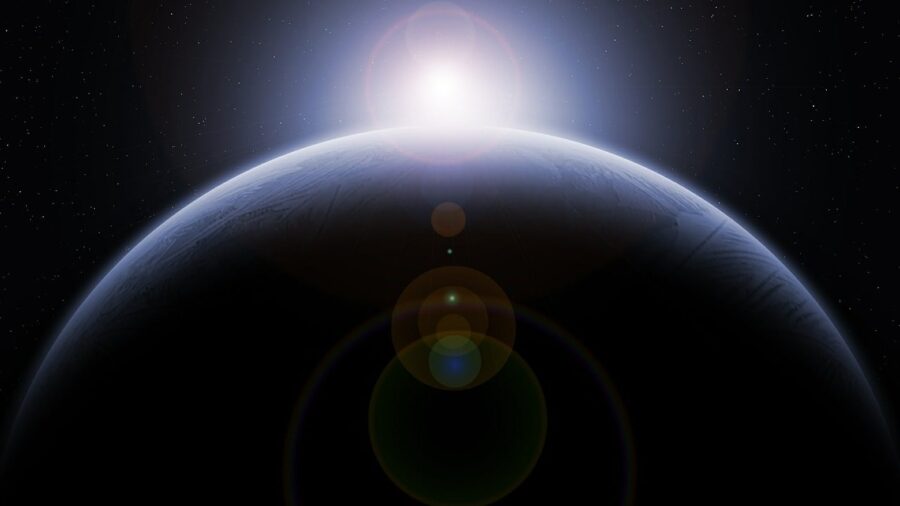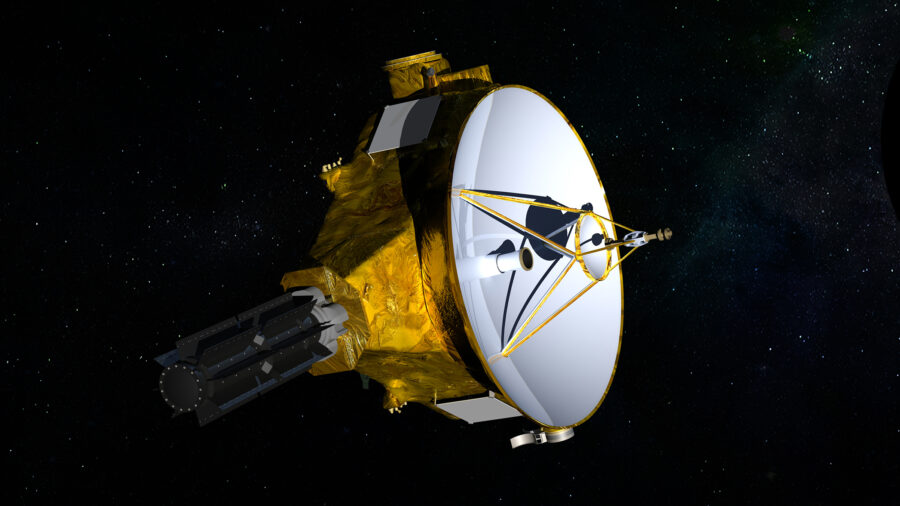The True Darkness Of Space Can Now Be Measured

Is it ever really dark out? Even in the middle of the woods on a moonless night, light pollution from nearby civilization is bouncing around and keeping the sky from looking as dark as it really is. In order to measure the true darkness of space, a spacecraft would have to fly all the way past Pluto to take pictures far enough away from the sun that Big Daddy Sol isn’t throwing his rays around everywhere, illuminating everything. Thankfully, according to Science Alert, New Horizons has done just that.
To measure the darkness of space, a spacecraft has traveled to the furthest edge of our solar system to gather data.
Here on Earth, there’s almost nowhere to observe the night sky without the interference of some sort of artificial light. Only in the most remote part of the Andean desert in Chile can one view the darkest skies in the world. Observatories located there can see the Milky Way in all its glory, full of stars and shadow constellations The sky in that part of Chile is so dark one can even see the faint shadow our solar system casts on the universe.
And yet, it’s still not a truly dark sky because of a faint glow in our Atmosphere coming from all of the ultraviolet sunlight ionizing in the Earth’s upper atmosphere. Even space-born telescopes like the Hubble aren’t seeing “true darkness” thanks to the dust in our solar system constantly reflecting the light emitted from our sun. Enter the New Horizons spacecraft, which has flown so far past Pluto that the Sun’s rays can’t reach it.
New Horizons

Launched in 2006, New Horizons was the first spacecraft to explore Pluto and it’s moons up close when it passed by in 2015. In 2023, the exploratory craft is so far away from the Sun that it’s able to capture the true darkness of space. The scientists in control of New Horizons aimed the craft at a patch of sky, far, far, away from our solar system and any other bright stars, and measured how much light the camera picked up.
When compared to the darkest images captured by the Hubble Telescope, New Horizon’s images were, as expected, exponentially darker. And yet, there was still an almost infinitesimal amount of light present that astronomers can’t currently account for. The New Horizons team intends to observe 15 other dark locations over the next month or so, hoping to see whether or not the faint background glow persists in the new images.
The scientists in control of New Horizons aimed the craft at a patch of sky, far, far, away from our solar system and any other bright stars, and measured how much light the camera picked up
The astronomers working with New Horizons calculated the background light expected to reach the camera from distant galaxies and the Big Bang itself and found out that the light they were observing was nearly twice as bright.
However, with all of the recent hubbub surrounding the US Government’s admission that UFOs are real, a strange unexplained glow coming from the far reaches of the universe doesn’t actually seem all that concerning. To put it another way, when E.T.’s cousin is suspected of lurking somewhere deep in the bowels of the Pentagon, the faint gleam of God’s iPhone while he scrolls through Facebook takes a back seat in terms of cultural importance.












